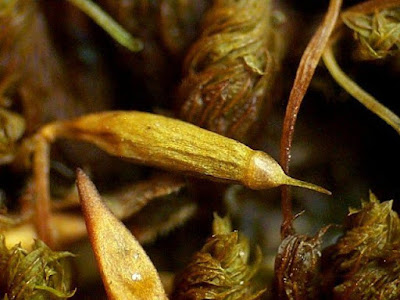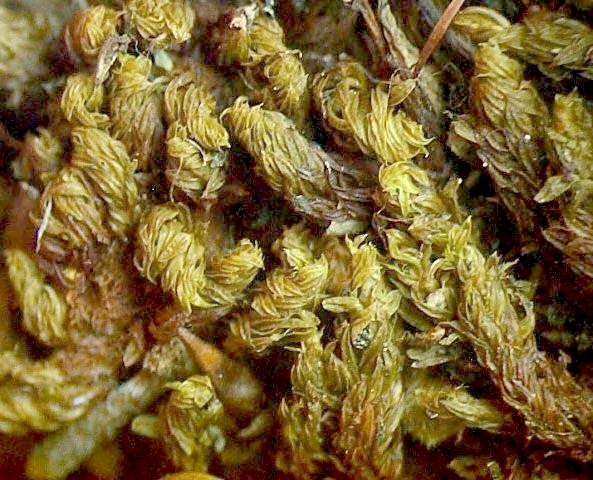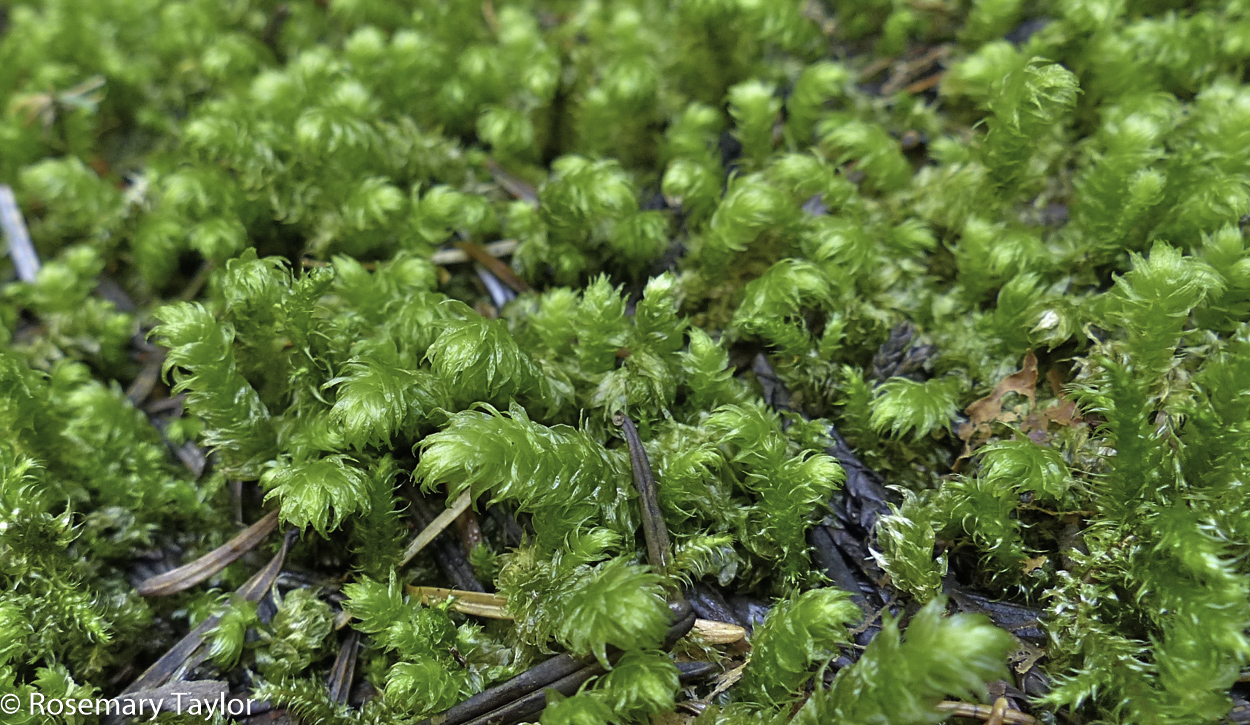
image from: https://plantdollar.com/plant/schlotheimia/
Schlotheimia robusta Thér.: A Fascinating Moss of the Orthotrichaceae Family

image from: https://www.forestryimages.org/browse/detail.cfm?imgnum=1115153
Introduction
Mosses are some of the most ancient and resilient plants on Earth, having evolved over 400 million years ago. One particularly interesting moss species is Schlotheimia robusta Thér., also known simply as Schlotheimia. This moss belongs to the Orthotrichaceae family and has some unique characteristics that make it stand out. In this blog post, we’ll take a closer look at the morphology, distribution, habitat, ecological roles, and adaptations of this fascinating bryophyte.
Background on Mosses
Before diving into the specifics of Schlotheimia robusta, let’s briefly review what mosses are. Mosses are non-vascular plants in the division Bryophyta and class Bryopsida. They lack true roots, stems, and leaves, instead having rhizoids, a stem-like structure, and leaf-like structures called phyllids. Mosses reproduce via spores rather than seeds and are found in a wide range of habitats worldwide.
Morphology and Identification
Schlotheimia robusta is a robust, medium to large-sized moss that forms loose tufts or mats. Its shoots are

image from: https://www.forestryimages.org/browse/detail.cfm?imgnum=1115152
erect or ascending, up to 4 cm tall. The leaves are ovate-lanceolate, 2-3 mm long, with a strong costa (midrib) that ends just below the apex. The leaf margins are entire (smooth-edged) and the cells are rounded-hexagonal.
One of the most distinctive features of S. robusta is its sporophyte (spore-producing structure). The seta (stalk) is very short, only 1-2 mm long, and the capsule is ovoid to cylindrical, 1.5-2 mm long, with 8 longitudinal ridges. The peristome (ring of tooth-like structures around the mouth of the capsule) is double, with 16 outer teeth and 8 inner segments.
Global Distribution and Habitat

image from: https://botanyprofessor.blogspot.com/2018/02/mosses-of-central-florida-48.html
Schlotheimia robusta has a pantropical distribution, meaning it is found in tropical regions around the world. Its range includes Central and South America, Africa, Southeast Asia, and Oceania. Within these regions, it grows as an epiphyte on tree trunks and branches in humid montane forests, typically at elevations of 500-2500 meters above sea level.
The specific habitat requirements of S. robusta are not fully understood, but it appears to prefer

image from: https://botanyprofessor.blogspot.com/2018/02/mosses-of-central-florida-48.html
areas with high humidity, moderate temperatures, and partial shade. It often grows alongside other epiphytic bryophytes and lichens on the bark of hardwood trees.

image from: https://www.youtube.com/watch?v=8kj37B7KzVs
Ecological Roles and Adaptations
Like other epiphytic mosses, Schlotheimia robusta plays several important ecological roles:
Moisture retention: Its mat-like growth traps and holds water, helping to regulate humidity in the forest canopy.
Nutrient cycling: It absorbs nutrients from rain, mist, and debris, making them available to other organisms.

image from: https://blogs.ubc.ca/coastal-plants/plants-of-bc/entry/74/
Microhabitat creation: It provides shelter and foraging grounds for invertebrates.
To thrive as an epiphyte, S. robusta has evolved several key adaptations:
Desiccation tolerance: It can survive periods of drought by going dormant when dry and resuming growth when moisture returns.
Efficient water and nutrient uptake: Its leaves are covered in tiny, wax-covered filaments that rapidly absorb water and dissolved minerals.
Asexual reproduction: In addition to spores, it can reproduce via gemmae – small, bud-like structures that detach and grow into new plants.
image from: https://www.nzplants.auckland.ac.nz/en/about/mosses/native-species/orthotrichaceae/schlotheimia-knightii.html

image from: https://soyokaze2jp.blogspot.com/2023/05/blog-post_18.html
| Characteristic | Description |
|---|---|
| Shoot size | Up to 4 cm tall |
| Leaf shape | Ovate-lanceolate |
| Leaf size | 2-3 mm long |
| Leaf margin | Entire |
| Leaf cells | Rounded-hexagonal |
| Seta length | 1-2 mm |
| Capsule shape | Ovoid to cylindrical |
| Capsule size | 1.5-2 mm long |
| Capsule ridges | 8 longitudinal ridges |
| Peristome | Double, 16 outer teeth, 8 inner segments |
Conclusion
Schlotheimia robusta is a prime example of how mosses have evolved to fill unique niches and perform vital functions in ecosystems worldwide. Its ability to grow on trees in tropical montane forests, efficiently capture water and nutrients, and reproduce both sexually and asexually make it well-adapted to the epiphytic lifestyle. Much remains to be learned about the ecology and physiology of this intriguing moss. What other secrets does Schlotheimia robusta hold? Only further research will tell.

image from: https://bryophyteportal.org/portal/taxa/index.php?taxon=160698